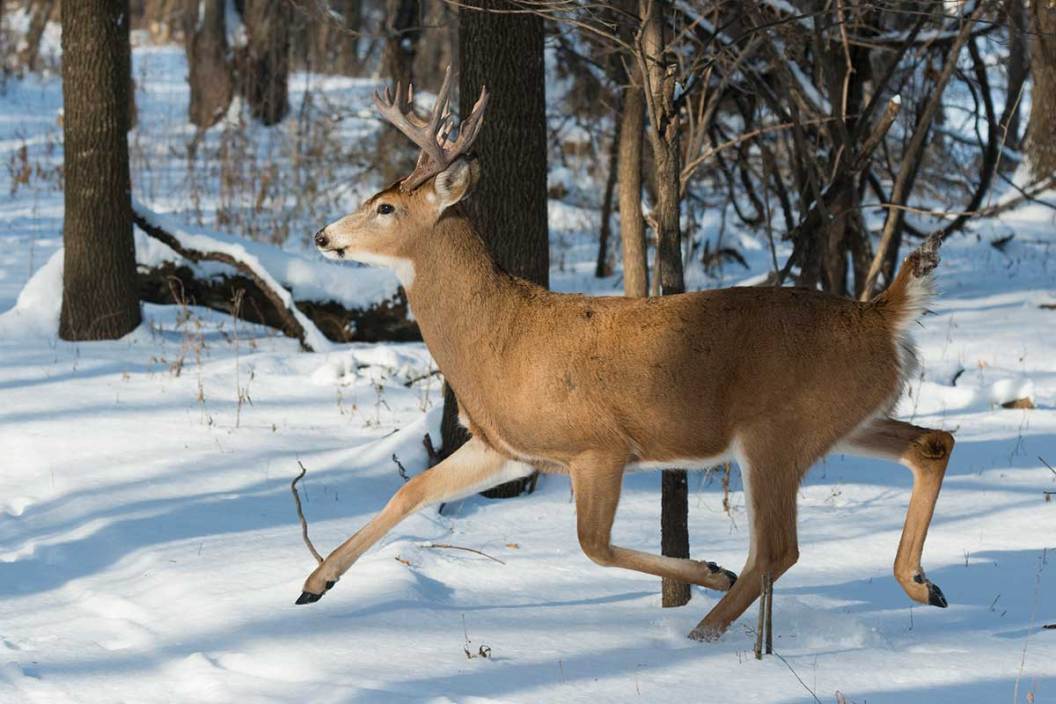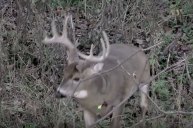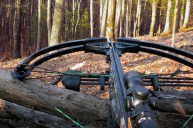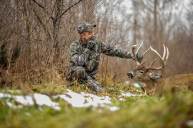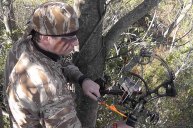We've all been there. A whitetail buck worthy of your arrow steps into view, but not yet into range. He's moving slow and cautious, and you're patiently waiting for a shot opportunity. He just needs to move 10 more yards and you draw your bow. Then, something spooks him from behind. He takes off running through your shot window, but the pressure to attempt a hit on a running animal is too much, and you don't even release an arrow. You could have done it, but it happened too fast. Ethical hunters will make the very best shot possible to ensure a quick kill that doesn't cause an animal to suffer, and a running shot doesn't have much promise. That's why practices such as deer drives and long-distance shots draw so much controversy. In general, shooting at big game on the run is frowned upon—and for good reason. It can be challenging to make the ideal shot, even with the perfect variables. If an animal if faced broadside within maximum effective range, there's minimal wind and no obstacles that could cause a deflection, is it ever worth it to take a shot at a running animal?
The thing is when an animal is running, connecting with the vitals becomes exponentially more difficult. And even with the proper calculations and steps, it could easily slow down, speed up, or switch directions before your bullet reaches its target.
If you fail to make the perfect shot on a running animal, the best case is it will result in a clean miss. Worst case? You just wounded an animal that may or may not die from its injuries. It could suffer for a long time before bleeding out, become an easy target for predators, develop an infection, or survive while dealing with an excruciating wound. It's not worth the risk, which is why most wildlife agencies recommend shooting only at stationary big game animals.
Every hunter has to make their own decisions, and determine their own actions based on what's legally allowed and what's not in the area they're hunting. But if we can make a case for passing on deer, elk, or other game animals that are moving fast, we will.
The Dangers of Shooting at Running Animals

Beyond the risks to the animals you're hunting, taking a shot at running game can also pose a danger to other hunters. If you're hunting on public land, another person could have moved in on you. If you're taking part in a drive, your buddy could be behind that buck. And even if you're on your own private land, you could still end up sending a stray bullet in an unsafe direction. Each year, such hunting blunders fill the headlines and bring more criticism on the hunting community as a whole.
When Running Game is Fair Game
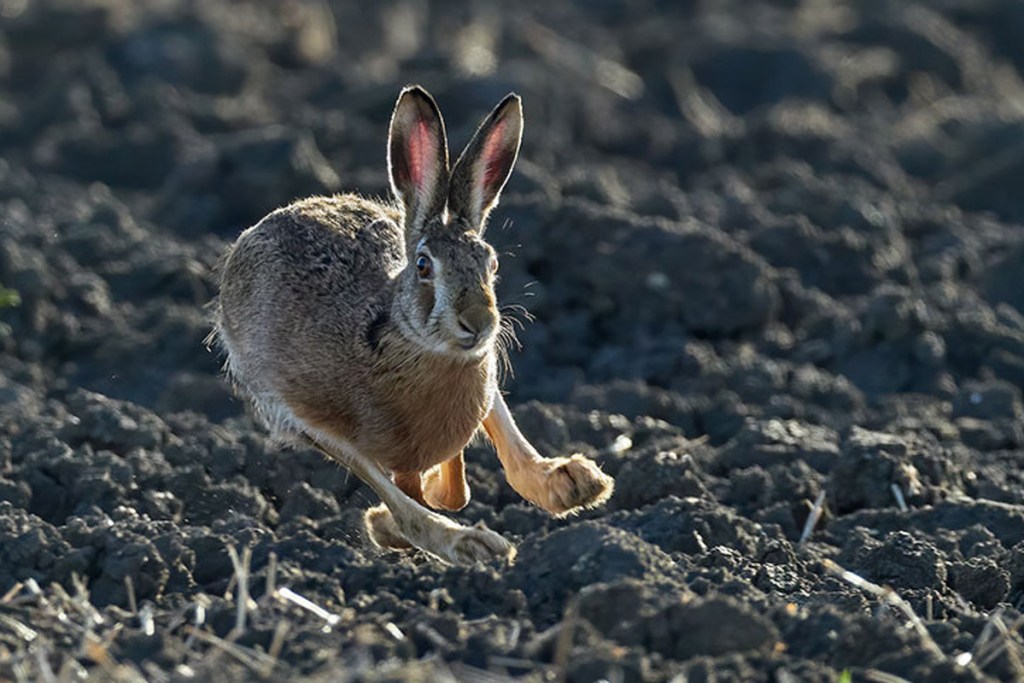
This principle applies to rifle hunters primarily, but it's something bowhunters should follow as a hard-and-fast rule. Hitting a paper plate-sized portion of an animal with an arrow is tough enough on a still target, and it should never be attempted on running game. There are just way too many things that could go wrong.
But the lines begin to blur as you consider small game hunting with shotguns. Whether it's a rabbit running or a pheasant flying away, you're almost always going to be firing at a moving target when it comes to most birds and other small game. In fact, it's typically considered poor sportsmanship to shoot at a still-grounded bird, or one on a tree branch. But the major difference here is you've got dozens of pellets spraying in a strategic pattern, and only one or two need to make contact to take down your prey quickly. You're also probably going to be shooting at a much closer range where it's easier to make more-accurate shots.
Still, driven hunts are popular around the globe and a tradition many hunters hold onto. And, to be fair, it does make some sense when dealing with invasive species such as wild hogs that destroy farmland, devastate crops, spread disease, and kill livestock. Proponents of the practice often point to a long history of hunters having some success firing at running big game, but the reality is it was often a life-or-death situation where a hunter had to secure food for his family. That's not commonly the case today.
Follow-Up Shots on Running Game
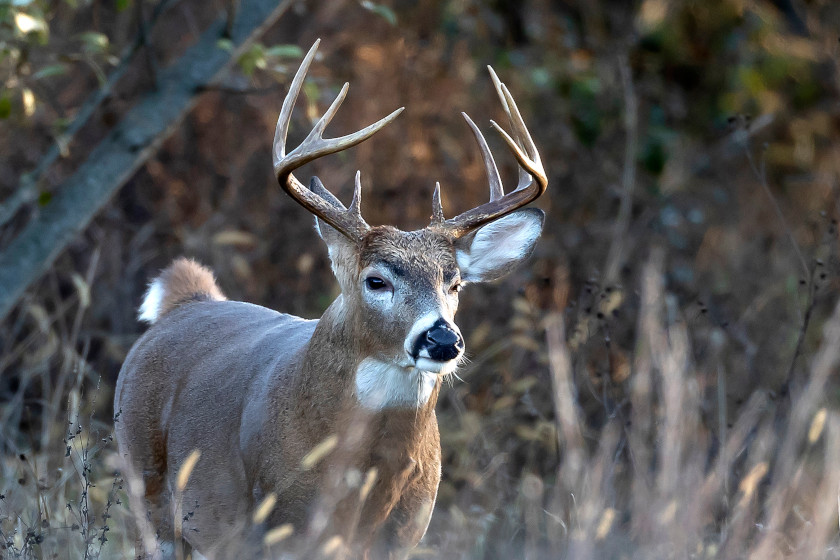
Getty Images: 6381380
One situation where it is considered ethical to shoot at a running animal is if you've already hit it and need to make a follow-up shot. Getting that animal on the ground as fast as possible is the best thing you can do in this scenario. If you feel you need to try shooting at running game despite its drawbacks and potential harm to the hunting community, you should take a few steps to make sure you're minimizing risk to yourself, other hunters, and the animals you pursue:
- Make sure you have the equipment for the job. It's essential to have high-quality optics; firearms you can operate quickly, easily shoulder and swing, and fire multiple back-to-band rounds from; and appropriate ammo.
- Arm yourself with the necessary knowledge. You have to understand trajectory, be able to judge the animal's speed and distance, know where to hold and how to swing, etc. to have any kind of chance at making a solid shot.
- Get sufficient practice shooting at moving targets. Regularly hitting the range and taking dozens of shots at targets that can simulate your quarry running is the best way to become proficient. Anything less is doing a disservice to the animals you hunt.
- Be aware of your surroundings. In the excitement of the moment, be certain to survey your surroundings to make sure you don't shoot in the direction of a building, hunter, or other animal.
